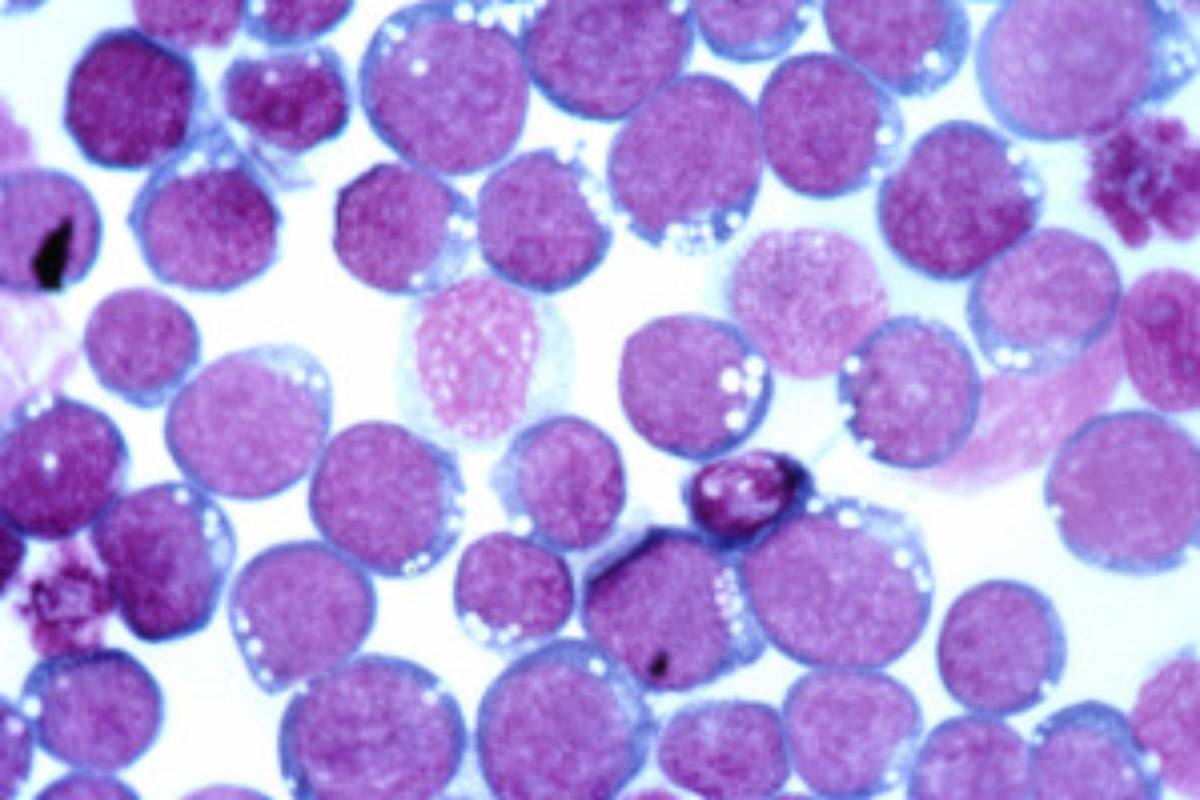Extensive efforts underway to prevent cancer: Saini
Haryana Chief Minister Nayab Singh Saini has said that cancer is a serious illness, but if its symptoms are detected early, treatment is possible.
Most of the time, cells detect mutations or DNA damage and either fix them or self-destruct them.

Representation image (File Photo)
Man has harnessed electricity, sequenced the human genome, and eradicated smallpox. But after investing billions of dollars in research, humans have not found a solution to a disease like cancer that affects more than 14 million people and their families.
Most of the time, cells detect mutations or DNA damage and either fix them or self-destruct them. However, some mutations allow cancerous cells to grow unchecked and invade nearby tissues, or even metastasize to distant organs resulting in cancer.
Advertisement
Cancer is incredibly complex. It is, in fact, not just one disease, but an amalgam of more than a hundred different types of diseases. This is the reason a magic lotion that can cure all of them is not possible. However, all types of cancers can become curable once they metastasize.
Advertisement
For most cancers, treatment usually includes a combination of surgery to remove tumors and radiation and chemotherapy to kill any cancerous cell left behind. Hormone therapies, immunotherapy, and targeted treatments tailored for a specific type of cancer are sometimes used too. In many cases these treatments are effective and the patient becomes cancer free. But they are very far from hundred percent efficiency hundred percent of the time.
So, what should we do to find a cure for all the different forms of cancer?
We are beginning to understand a few of the problems which scientist would have to solve. First of all, we need newer and better ways of studying cancer. Most cancer treatments are developed using cell lines grown in labs from cultures of human tumors. These cultured cells have given us critical insights about cancer genetics and biology, but they lack much of the complexity of a tumor in an actual living organism. It’s frequently the case that new drugs, which work on these lab grown cells, will fail in clinical trials with real patients.
One of the complexities of aggressive tumors is that they can have multiple populations of slightly different cancerous cells.
Over time, distinct genetic mutations accumulate in cells in different parts of the tumour, giving rise to unique sub-clones. For example, aggressive brain tumors called Glioblastomas can have as many as six different subclones in a single patient. This is called colonial heterogeneity; it makes the treatment difficult because a drug that works on one sub-clone may not be effective on another.
A tumor is a dynamic interconnected ecosystem where cancer cells constantly communicate with each other and with healthy cells nearby. They can include normal cells to form blood vessels that feed the tumor and remove waste products. They can also interact with the immune system to suppress its function, keeping in for recognising or destroying the cancer cells.
If we could learn how to shut down these lines of communication, we would have a better shot at vanquishing a tumor permanently.
Additionally, mounting evidence suggests that we’d need to figure out how to eradicate cancer stem cells. These are rare but seem to have special properties that make them resistant to chemotherapy and radiation.
According to the National Academies of Sciences, even if the rest of the tumor shrinks beyond detection during treatment, a single residue will stem cell could seed the growth of a new tumor. Figuring out how to target these stubborn sales might help prevent cancer from coming back. Even if we solve these problems we might face new ones.
Cancer cells are masters of adaptation, adjusting their molecular and cellular characteristics to survive under stress. When they are bombarded by radiation or chemotherapy, some cancer cells can effectively switch on to protective shield against whatever attacks them by changing their gene expression. Malignant cells are complex systems that constantly evolve and adapt. To defeat them, we need to find experimental system that matches their complexity, and monitoring treatment options that can adjust as the cancer changes.
The good news is that we are making progress. We don’t know the average mortality rate for most kinds of cancers has dropped significantly since the 1970s and it is still falling. We are learning more every day and each new piece of information gives us one more tool to add to our arsenal.
Advertisement